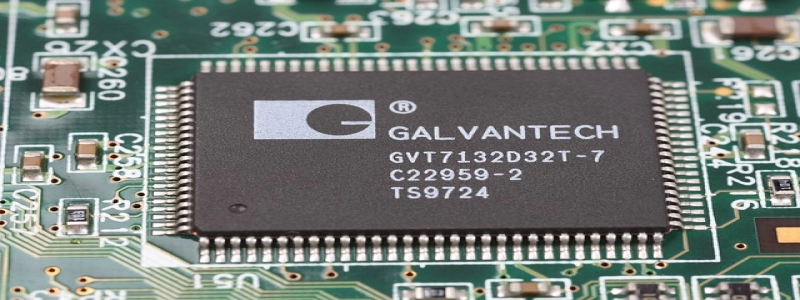10Gb Ethernet Test
Introduction:
As technology continues to advance, the demand for faster and more reliable network connections is on the rise. One such solution that has gained significant popularity in recent years is the 10 Gigabit Ethernet (10GbE) network. In this article, we will discuss the importance of conducting a 10Gb Ethernet test and delve into the details of how the test should be performed.
I. Importance of a 10Gb Ethernet Test:
1. Performance Evaluation:
Before implementing a 10GbE network, it is crucial to assess its performance capabilities. The test allows us to measure the actual speed and bandwidth of the network, ensuring it meets the desired requirements.
2. Compatibility Check:
10GbE technology offers various interfaces such as copper, optical fiber, and SFP+. Conducting a comprehensive test ensures the compatibility of different components, such as network cards, switches, and cables, preventing any potential issues.
3. Reliability Assessment:
A 10GbE network must be reliable to handle the increased workload and data transfer rates. By conducting a test, potential bottlenecks and vulnerabilities can be identified and addressed promptly to ensure uninterrupted and smooth operation.
4. Troubleshooting:
In the event of network malfunction or poor performance, the test results can be used as a reference to pinpoint the root cause. This allows for targeted troubleshooting and quick resolution of any issues.
II. Conducting a 10Gb Ethernet Test:
1. Test Environment Setup:
Create a controlled test environment that closely resembles the actual network environment. This includes selecting appropriate network devices, configuring them correctly, and ensuring adequate power and cooling.
2. Test Tools and Equipment:
Acquire specialized 10GbE testing tools and equipment such as network testers, bandwidth analyzers, and traffic generators. These tools help measure latency, packet loss, jitter, and bandwidth to evaluate network performance.
3. Test Scenarios:
Define specific test scenarios based on the network’s intended usage. For example, test scenarios can include file transfers, video streaming, or database operations. These scenarios should be designed to simulate real-world network usage patterns.
4. Measure Performance Metrics:
Perform tests to measure various performance metrics, including throughput, latency, jitter, and error rate. These metrics provide essential insights into the network’s capabilities and potential limitations.
5. Analyze Test Results:
Thoroughly analyze the test results to identify any performance bottlenecks, network configuration issues, or hardware limitations. Use the results to make informed decisions on system upgrades or changes necessary to optimize the network’s performance.
Conclusion:
Conducting a 10Gb Ethernet test is critical to ensure optimal performance, compatibility, and reliability of the network. By following the suggested test procedures and analyzing the results, network administrators can identify and rectify any deficiencies, guaranteeing a smooth and efficient network operation. As the demand for high-speed connectivity continues to grow, performing regular tests remains an essential part of maintaining an effective 10GbE network.








